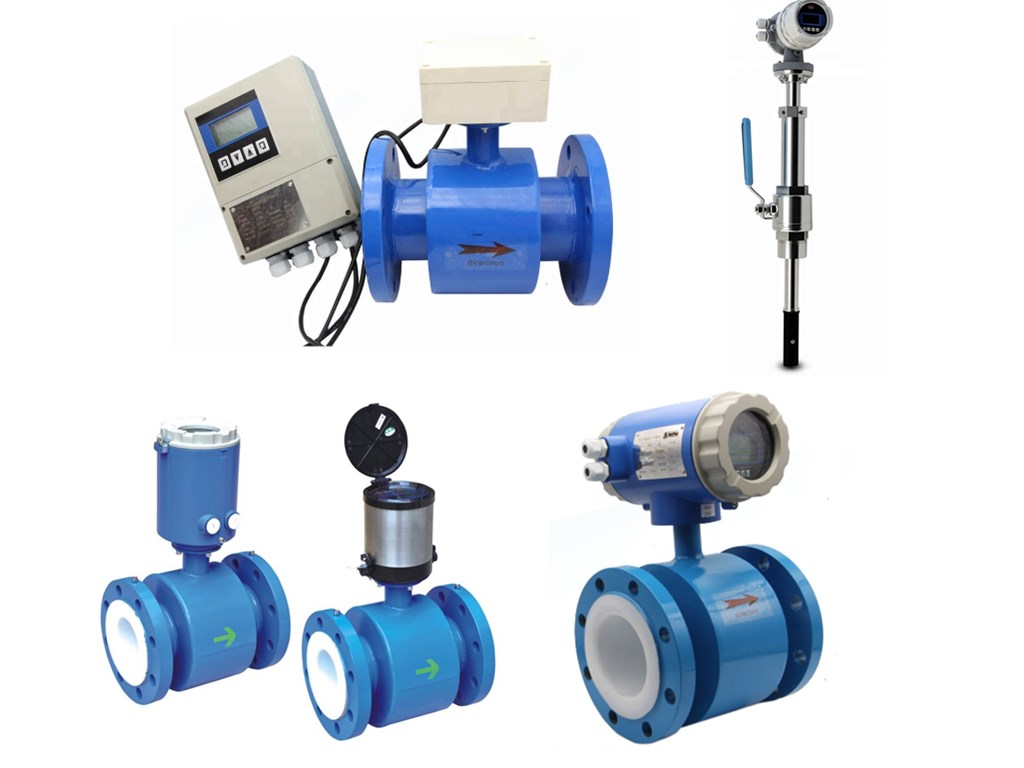Introduction
Electromagnetic flow meters are widely used instruments in various industries for measuring the flow of conductive liquids. They are known for their accuracy and reliability in monitoring fluid movement.
How Does an Electromagnetic Flow Meter Work?
The operation of an electromagnetic flow meter is based on Faraday's law of electromagnetic induction. Here’s how it works:
- Construction: An electromagnetic flow meter consists of a pipe through which the liquid flows, along with electrodes that are placed in contact with the liquid.
- Induction Principle: When a conductive liquid flows through the magnetic field generated by the flow meter, it induces a voltage proportional to the flow rate.
- Measurement: The induced voltage is detected by the electrodes and converted into a flow rate measurement by the electronic processing unit.
- No Moving Parts: Since there are no moving parts in electromagnetic flow meters, they require minimal maintenance and offer long-term reliability.
Advantages of Electromagnetic Flow Meters
The use of electromagnetic flow meters provides several benefits:
- High Accuracy: They deliver precise measurements across a wide range of flow rates.
- Diverse Applications: Suitable for various applications including water treatment, chemical processing, and food production.
- No Pressure Drop: These meters do not create any pressure loss in the system.
- Easily Integrated: They can be easily integrated into existing systems without significant modifications.
Conclusion
The importance of electromagnetic flow meters in effective water resource management cannot be overstated. Their ability to provide accurate and reliable data helps industries optimize their processes and ensure sustainable practices.
Contact Us
If you need assistance with flow measurement or want more information about our services, please contact us!

